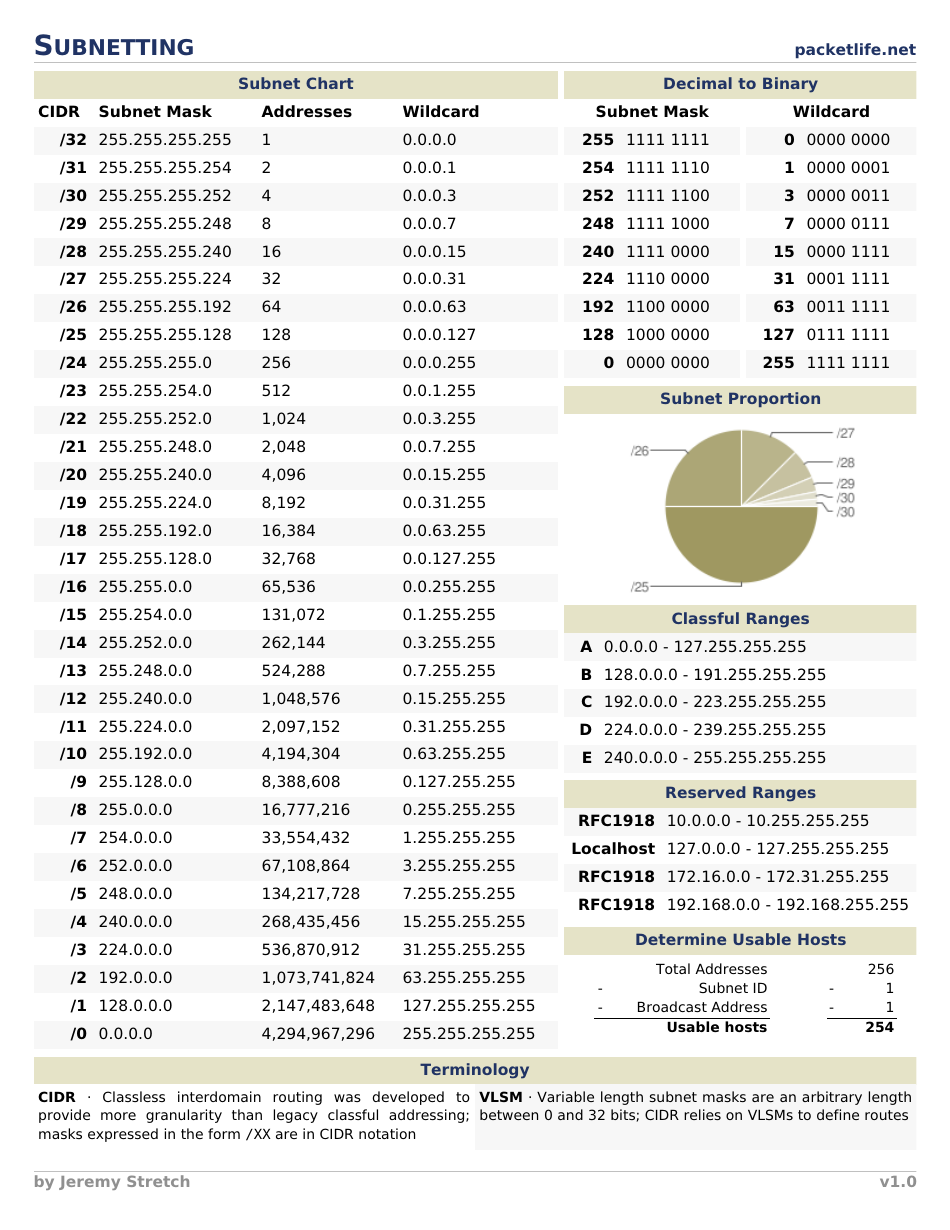

#Subnetcalc inline how to#
This was a simple tutorial, showing how to use ipcalc tool with some basic examples. You can find the official ipcalc website at. As a result, creating subnets for the network is much simpler since the user won’t need to compute any numeric adjustments manually. This Subnet Calculator generally creates a list of subnets for a provided range of IP addresses. To find more about the ipcalc usage, you can use: # ipcalc -help A tool for computing subnets is called a subnet calculator. If you want to suppress the binary output, you can use the -b option as shown. Subnet Calculator Click Gadgets > Tools > Address Management > Subnet Calculator, and then drag the Subnet Calculator gadget onto a tab. Usually youd use an AND to get the final numbers for.

Also, it prints the addresses in binary format for better understandability.

For given IPv4 or IPv6 address and netmask or prefix length, it calculates network address, broadcast address, maximum number of hosts and host address range. MASK Initially a network mask of 64 bits is shown. Each group is written as four hexadecimal digits (sometimes called hextets) and the groups are separated by colons (:). Network: 192.168.20.0/24 11000000.10101000.00010100. ray ozzie IP ADDRESS Calculando IP ADDRESS The 128 bits of an IPv6 address are represented in 8 groups of 16 bits each. Subnet mask Wildcard mask Network address Broadcast address Network bits Host bits Valid Hosts per subnet (Excluding Broadcast and Network Address.) Subnets per network CIDR: Classless Inter Domain Routing. Wildcard: 0.0.0.255 00000000.00000000.00000000. Features of CIDR Calculator You can get following supernet information using CIDR Calculator. Get information about the network address: # ipcalc 192.168.20.0
#Subnetcalc inline install#
The ipcalc package should be installed automatically under CentOS/RHEL/Fedora and it is part of the initscripts package, but if for some reason it is missing, you can install it by using: # yum install initscripts #RHEL/CentOSīelow you can see some examples of using ipcalc.


 0 kommentar(er)
0 kommentar(er)
